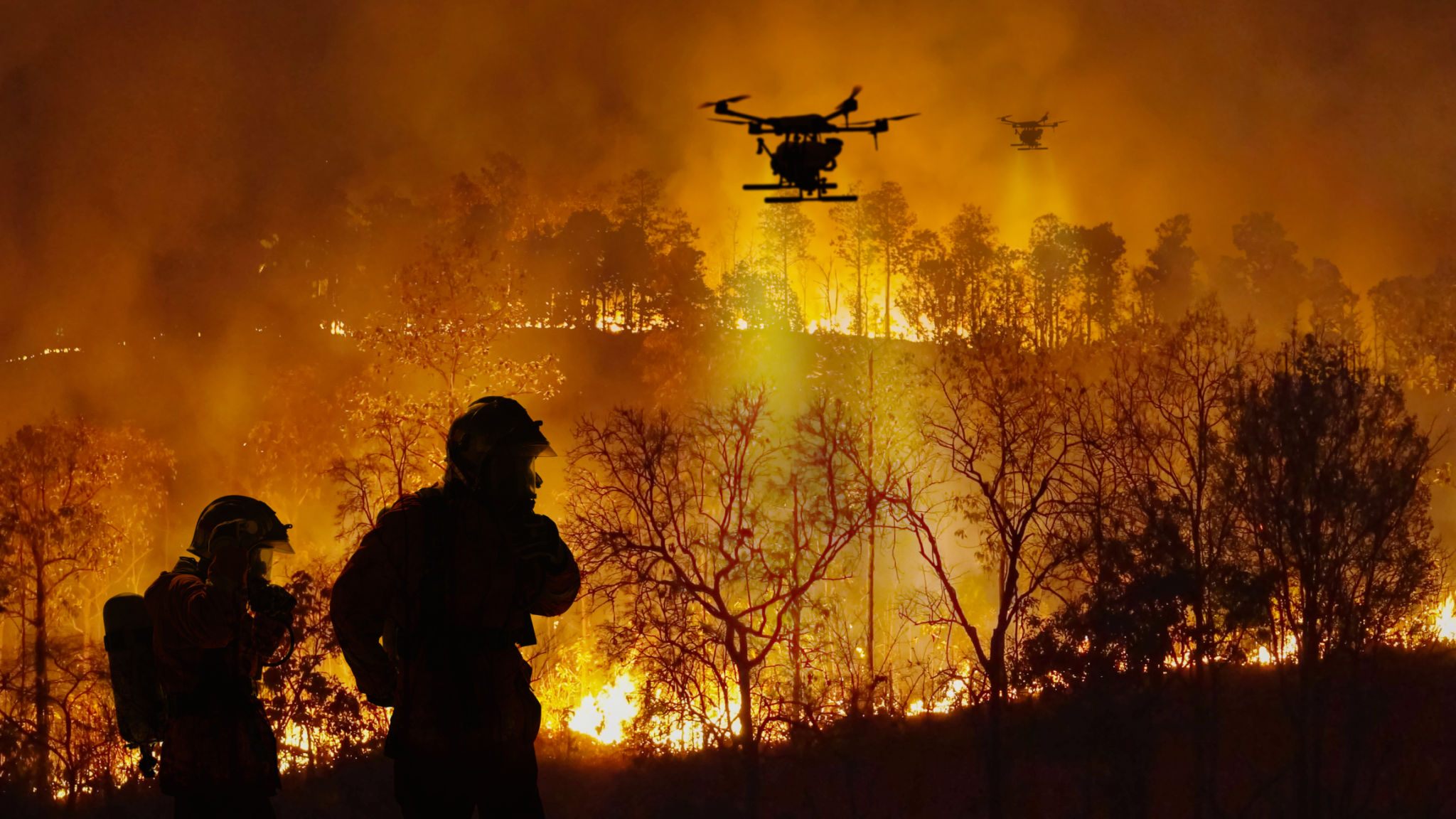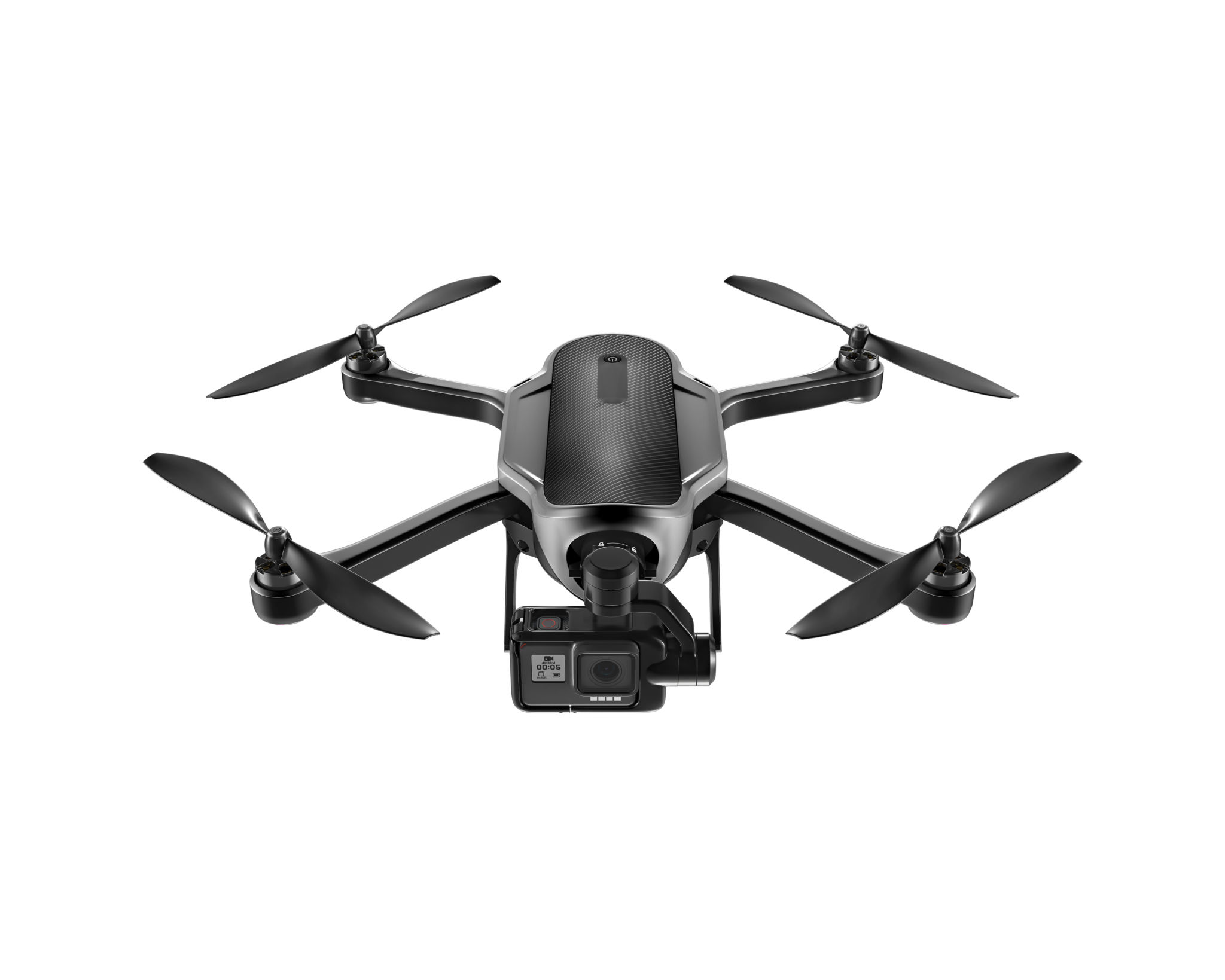Maximizing Efficiency: How Industrial Drone Inspections Save Time and Money
Introduction to Industrial Drone Inspections
In today's fast-paced industrial world, efficiency is key. One of the technologies revolutionizing the way industries operate is the use of drones for inspections. Industrial drone inspections are rapidly becoming the go-to solution for companies looking to save time and reduce costs. From construction sites to oil rigs, drones offer a bird's-eye view that can significantly enhance operational efficiency.

The Advantages of Drone Inspections
Drone inspections offer numerous advantages over traditional methods. Firstly, they provide access to hard-to-reach areas without the need for scaffolding or cranes, minimizing risks to human inspectors. This not only enhances safety but also speeds up the inspection process significantly. Secondly, drones can capture high-resolution images and videos, providing detailed insights that are crucial for accurate assessments.
Another major benefit is the reduction in downtime. Traditional inspections often require halting operations, which can lead to significant financial losses. Drones, on the other hand, can perform inspections without disrupting ongoing activities, ensuring that businesses continue to operate smoothly while gathering vital data.
Cost-Effectiveness of Drone Technology
The cost-effectiveness of drone technology cannot be overstated. Investing in drones may seem like a substantial upfront expense, but the long-term financial benefits far outweigh the initial cost. By eliminating the need for extensive manpower and equipment, companies can save significantly on operational costs.

Moreover, drones can quickly identify potential issues before they escalate into costly repairs, allowing for preventive maintenance that further cuts down on expenses. As a result, companies can allocate resources more efficiently, focusing on growth and innovation rather than unexpected repairs and downtime.
Applications Across Industries
Drones are versatile tools used across various industries. In construction, they monitor progress, ensure safety compliance, and assist in planning. In agriculture, they assess crop health and optimize resource allocation. Energy sectors use drones to inspect pipelines and power lines, reducing hazards associated with manual checks.
The flexibility of drones means they can adapt to different environments and tasks, making them invaluable assets for any industry looking to improve efficiency. Their ability to provide real-time data allows for quick decision-making, further enhancing business operations.

Challenges and Considerations
While the benefits of drone inspections are clear, there are challenges to consider. Regulations surrounding drone usage can vary by region, requiring companies to stay informed about local laws and obtain necessary permits. Additionally, training personnel to operate drones safely and effectively is crucial to maximizing their potential.
Despite these challenges, investing in drone technology is a step towards future-proofing operations. By understanding and addressing these considerations early on, companies can seamlessly integrate drones into their workflows.
Conclusion: Embracing the Future
As industries continue to evolve, embracing innovative technologies like drone inspections is essential for staying competitive. The ability to conduct faster, safer, and more cost-effective inspections positions companies for long-term success. By maximizing efficiency through drone technology, businesses are not only saving time and money but also paving the way for a more sustainable future.

